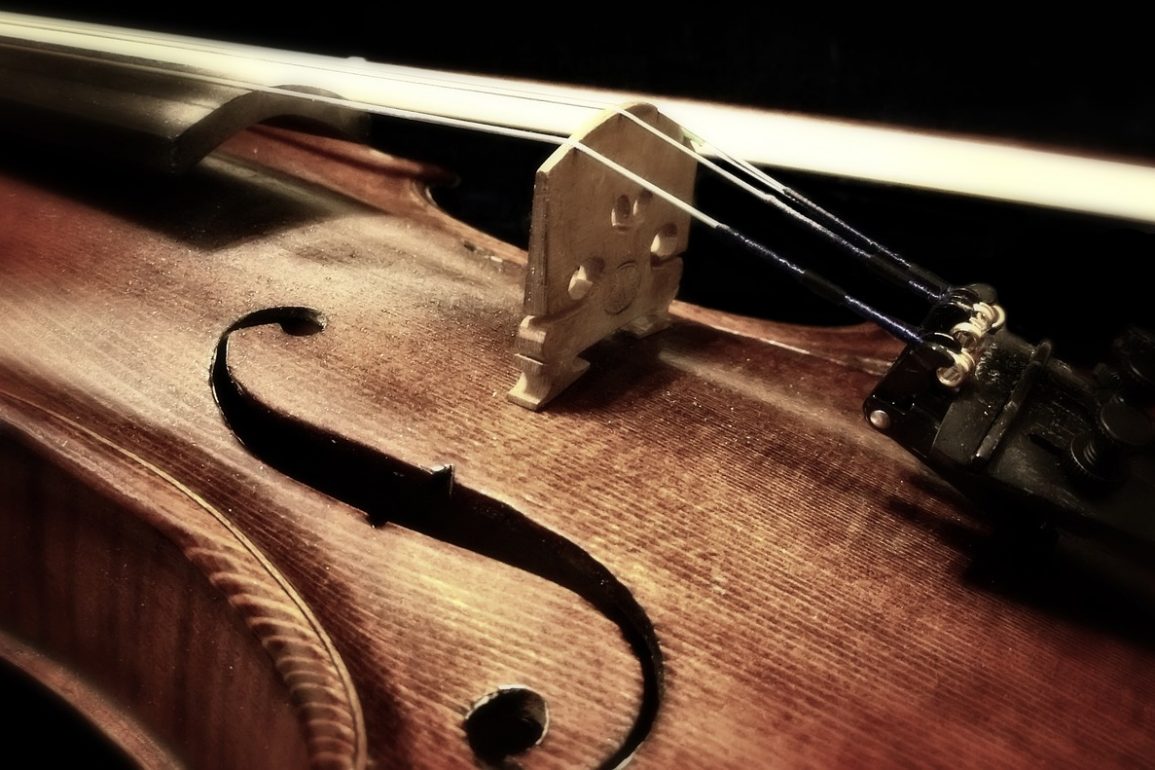Violin Etiquette: Dos and Don’ts for Rehearsals and Performances
Mastering the art of violin etiquette goes beyond the technical mastery of the instrument. It encompasses the unwritten rules and practices that create a professional and respectful environment for rehearsals and performances. By adhering to these principles, you contribute to a collaborative and harmonious atmosphere that enhances the overall music-making experience.
One crucial aspect of violin etiquette is punctuality. Arriving on time for rehearsals and performances demonstrates respect for your fellow musicians’ time and commitment. It allows for smooth coordination and maximizes the efficiency of practice sessions, ensuring that everyone can make the most of the available time. Maintaining a positive and open attitude is equally essential. A friendly and cooperative demeanor fosters a sense of camaraderie among ensemble members, creating an atmosphere where ideas can be freely exchanged and creativity can flourish. Show respect for your fellow musicians by actively listening and valuing their contributions, acknowledging that everyone’s input is valuable to the collective musical endeavor.
By adding these dos and don’ts of violin etiquette into your rehearsals and performances, you contribute to a professional and harmonious musical environment.
Preparing Your Violin and Strings
Preparing your violin and strings properly is crucial for achieving optimal performance and extending the lifespan of your instrument. Whether it’s for rehearsal or performance, you need to prep your instrument and strings for a hassle-free and excellent performance. Here are some key steps on how you can prepare.
- Tune your violin before playing. You can use either a tuner or a reference pitch to do it.
- Clean your violin regularly to avoid rosin buildup and dirt accumulation. A soft and lint-free cloth is ideal for string instruments.
- Rosin your bow hair to ensure proper grip and friction when it gets in touch with the strings.
- Always inspect your violin for cracks, warps, and lost fittings. Talk to a professional if you see any signs of damage.
- Check your strings regularly if there are signs of discoloration, unraveling, fraying, or rosin buildup.
- Change your violin strings properly and regularly.
- Store your violin in a case or stand to protect it from damage.
Rehearsal and Performance Etiquette
Here are some simple yet important etiquette tips that you should keep in mind when rehearsing or performing music.
- Be punctual. Be there on time or even earlier. This way, you show respect for the schedules and commitments of other musicians.
- Always come to rehearsals and performances prepared. Learn and master your parts and be proactive in contributing to your team.
- Respect the conductor and your fellow musicians by listening to their suggestions and following their cues.
- Don’t forget to maintain an open and clear communication with other musicians.
- Keep a professional stage presence.
Instrument Handling and Storage
When not in use, it is crucial to store your violin properly. Avoid exposing it to extreme temperatures or direct sunlight, as this can lead to cracks or warping. In terms of proper storage, store your violin in a climate-controlled room where there are 40%–60% humidity levels. This would prevent cracks, mold buildup, warping, and other potential damages. Lastly, invest in a violin case where you can properly store your violin. A quality violin case with proper padding and humidity control features provides optimal protection for your instrument during transportation and storage.
In addition to proper handling and storage, regular maintenance is essential for the optimal performance and longevity of your violin. One crucial aspect of maintenance is keeping the instrument clean. Use a soft, lint-free cloth to wipe off rosin residue from the strings, fingerboard, and body after each practice or performance. Avoid using harsh cleaning agents that could damage the varnish or wood. Furthermore, it is important to periodically check the condition of your bow hair. If the hair becomes worn or dirty, it can affect the sound production and responsiveness of the bow. Consider having a professional rehair your bow when necessary to maintain its optimal performance.
Another aspect to consider is the adjustment of the instrument. Over time, the bridge may warp or become misaligned, impacting the sound quality and playability. Regularly inspect the bridge and consult with a luthier to ensure it is correctly positioned and shaped. Additionally, have the soundpost checked periodically, as its proper placement contributes to the violin’s resonance and tonal qualities.
By practicing proper handling, regular maintenance, and thoughtful storage, you can preserve the beauty, tone, and integrity of your violin for years to come. Taking these precautions not only enhances the instrument’s performance but also protects your valuable musical investment.
Sound Considerations
There are different things you should consider in terms of achieving a quality sound for the violin. It includes the following aspects.
- The strings you use should fit your goals and preferences. It would be better to use the violin strings chart to see which type is ideal for your musical style.
- Your bowing technique also matters, including the speed, pressure, and contact point of your bow to the strings. Ensure you know how to properly execute bowing techniques.
- Apply the right finger pressure on the strings to produce a quality sound.
- Utilize vibrato to add warmth and expressiveness to your performance.
Conclusion
By mastering violin etiquettes, you cultivate a strong foundation for personal growth and professionalism as a violinist. These etiquettes not only shape your interactions with fellow musicians but also influence your overall musical experience.Practicing the basic dos we’ve discussed above demonstrates your commitment to maintaining a respectful and harmonious atmosphere in rehearsals and performances. It reflects your dedication to the craft and your understanding of the importance of collaboration in creating music.
It is essential to note that these dos and don’ts serve as a starting point for violin etiquette. As you progress on your musical journey, you will encounter more nuanced etiquettes that further refine your interactions and enhance your musical relationships.By consistently embodying these violin etiquettes, you establish a positive reputation within the music community. Other musicians will appreciate your professionalism, reliability, and ability to contribute meaningfully to ensemble performances.
Ultimately, the adherence to violin etiquettes not only enhances your musicianship but also fosters a supportive and inspiring environment for all musicians involved. It sets the stage for successful collaborations, personal growth, and a lifelong love for the violin.
Poppy Watt


